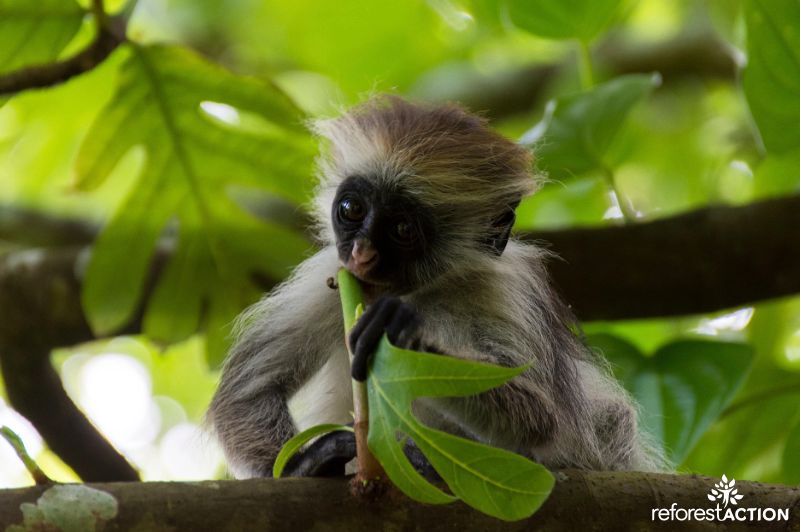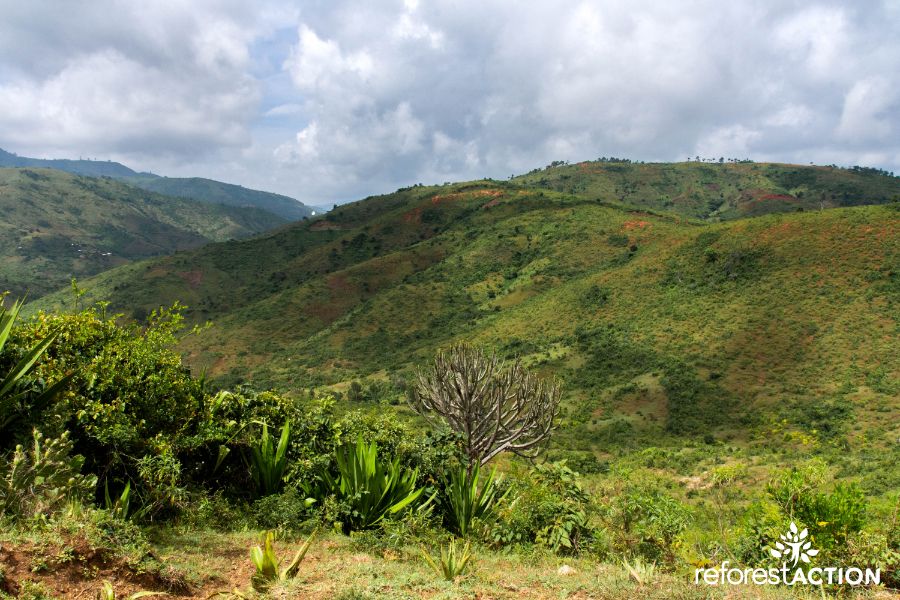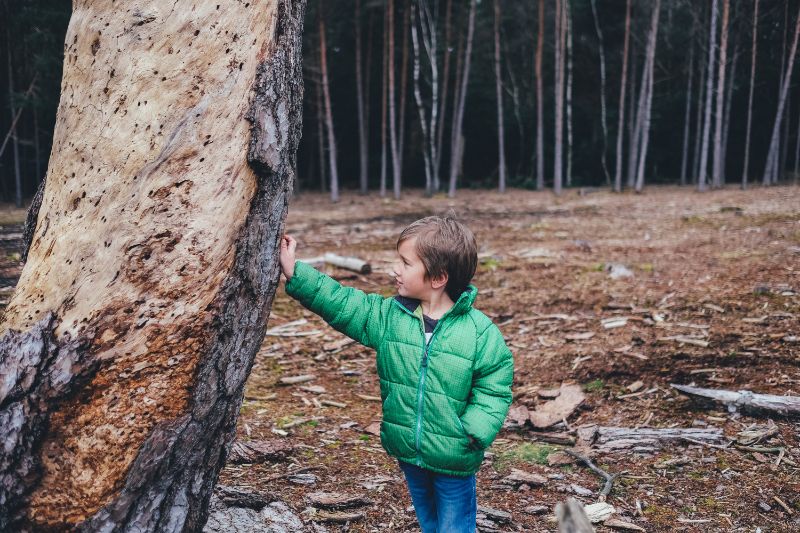For decades, humanity has pursued its activities on every continent, gradually nibbling away at natural environments and incidentally destroying a large part of the biodiversity found there. One of the consequences of ecosystem destruction, especially of forests, is an increasing frequency of contact between humans and wild animals. The viruses and diseases carried by these animals and previously confined to remote areas find new potential victims among the human population. Climate change is also an aggravating factor, as it encourages many animal species to migrate to find a way to survive when their natural habitats have been altered by the climate.

Wildlife: a vector of disease
In a recent article in The Guardian, Inger Andersen, Director of the UN Environment Programme, estimates that ‘75% of all emerging infectious diseases come from wildlife.’ The article lists the epidemics that have occurred in recent years and which have been transmitted by animals: Ebola, avian influenza, Middle East Respiratory Syndrome (MERS), HIV, Rift Valley fever, Severe Acute Respiratory Syndrome (SARS), West Nile Virus, Zika, the list goes on.
COVID-19 also joins the long line of viruses transmitted by wildlife. Coronaviruses are quite common in some wild animals, especially bats, but also birds. An article published in March 2020 in the Nature journal describes the results of a study of the COVID-19 genome by a team of researchers: their conclusions show that forms very similar to this virus exist in the animal world, particularly in certain species of bats and pangolins, which further strengthens the evidence of transmission to humans by these animals, even if the precise means of contamination from one to the other is not yet entirely clear.
From this, some people conclude that eliminating all virus-carrying animals would sufficiently shield humanity from this kind of phenomenon. Not only is this a radical solution, it is especially unsuitable: in fact, the diversity of species and preservation of a dynamic ecological balance are what offer us the best chances of limiting pandemics. To date, we have only discovered a small part of the living species on earth, and among the species still to be discovered are perhaps those that will provide us with cures for many diseases! Several studies have shown that biodiversity is the best defence against the spread of new diseases. Preserving genetic diversity in nature is therefore essential if we want to prevent pandemics from running riot.

Focus on deforestation and ecological balance
Forests are at the top of the list of particularly sensitive ecosystems. Philippe Grandcolas, head of research at the CNRS, and Jean-Lou Justine, professor at the National Museum of Natural History, recently wrote in an article published in The Conversation: ‘We are destroying natural environments at an accelerated rate: 100 million hectares of tropical forest cut between 1980 and 2000; more than 85% of wetlands eliminated since the beginning of the industrial era. In doing so, we bring human populations, often in a precarious state of health, into contact with new pathogens. The breeding grounds of these pathogens are wild animals, which are usually confined to environments in which humans are virtually absent or live in small isolated populations. As a result of the destruction of the forests, villagers living on the edge of deforested areas hunt and send contaminated meat to big cities.’
The Nipah virus, one of the most dangerous viruses known, is an example of animal transmission to humans, following a series of events most likely linked to deforestation. This virus appeared in Malaysia in the late 1990s, in a region suffering intense deforestation to allow the development of pig farming. The fruit bats that lived in the forest were forced to find other sources of food, so they came to feed in the orchards of the nearest farms. Their saliva and urine contaminated the fruit, which was then consumed by pigs, which in turn contaminated nearly 300 local inhabitants.

Take the right actions
At this stage, the different hypotheses about the current COVID-19 pandemic still need to be verified, but certain measures can be taken now to reduce the risks of transmission between wildlife and humans. One such action is putting an end to the wild animal trade. China already took an initial step in late February by announcing a ban on all trade in and consumption of wild animals.
More generally, the priorities would seem to be strengthening the level of protection afforded to protected areas and reducing the pressure exerted by human activities on biodiversity, which includes slowing deforestation.
We all have a role to play in this area: as citizens, by questioning our lifestyles and consumer habits and by encouraging our governments to implement more environmentally-friendly modes of development; and as businesses, by accurately measuring the impact of our activities on biodiversity and deploying appropriate strategies.
